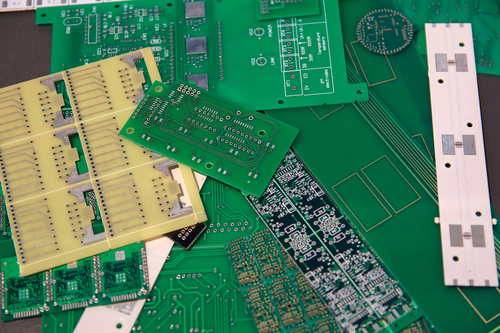These days, a printed circuit board includes copper sheets laminated onto a non-conductive substrate. They are usually small and crowded with capacitors, resistors, and other active devices. Printed circuit boards didn’t always look this way.
In 1943, Dr. Paul Eisler created what is considered the first operating printed wiring board. Over the next decades, printed circuit boards were made with a variety of different resins. All of these early printed circuit boards were single sided, which dramatically limited the board’s power and kept it big and bulky. Still, this was the best available technology of the times, and so PCBs came into heavy use.
Over time, as PCB assembly started to mature as an industry, copper plating entered the picture, which paved the way for the double-sided PCB.
Today, PCB assembly is a thriving industry, and printed circuit boards are found in many important pieces of technology, from cars to watches and even missiles.
At Yun Industrial Acme PCB Assembly, we have seen the PCB industry evolve first hand over our 20 years in business. While we appreciate our history greatly, we are also focused on staying on top of the latest PCB advancements and innovations.

